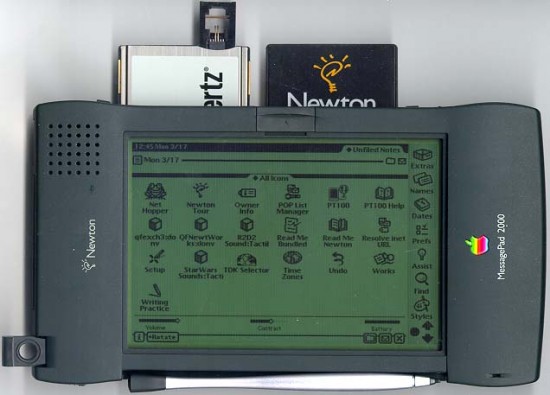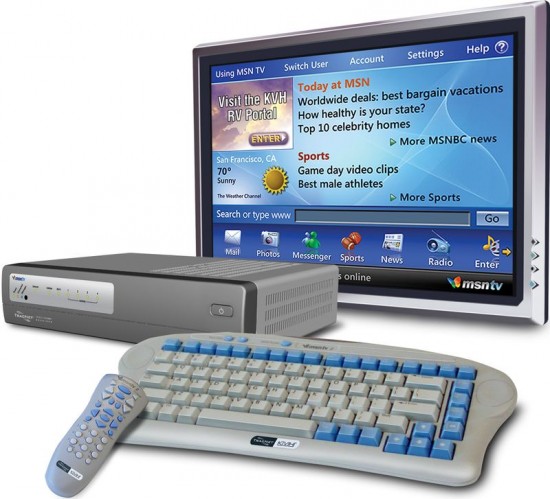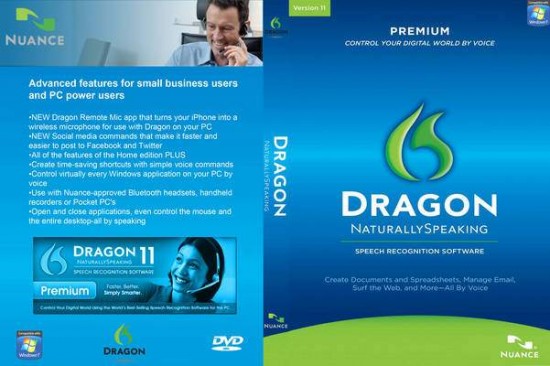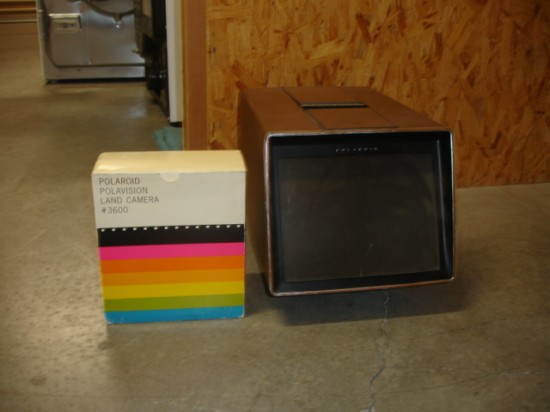Some people pave the way, others reap the rewards. It’s pretty much the same in every imaginable discipline human beings dabble in, and probably more than others in technology where some inventions crash and burn so others, based on those ideas, only perfected, can succeed.
The Sony Glasstron
Remember when it seemed like everyone will one day be wearing VR headsets? The Sony Glasstrong has two LCD screens where you could watch television, attached to a top box using regular RCA connections. The problem is that people don’t like being closed down in a confined space for so long, also losing their bearing and even getting sick after long term uses.
MessagePad 2000/2100
The Apple Newton, probably the company’s biggest public failure to date. It is regarded as one of the worst computing devices ever, with you jotting down notes and the device translating it into text. The initial release was terrible, and by the time the company figured out fixing the technology bugs, the Newton had already generated too much negative buzz to succeed.
MSN TV
Browsing the web is a lean forward activity, watching TV is a lean back one. Is it that simple? Through MSN TV, you could connect to the web, check your email and even watch Web videos. This was before the days of the HDMI, and before the days of home broadband networks and wireless routers. The merger of the TV & Web worked out a little differently in the future.
NaturallySpeaking
NaturallySpeaking Dragon came out in 1997, and forced Windows users to go through a lengthy installation and recognition training so the software could identify the user. People wanted something that didn’t require such a lengthy training camp experience, which Siri provides without any training.
The PalmPilot
The PalmPilot made its debut in 1997. It could run apps for tracking your schedule, making notes, and organizing your business contacts. It also had a very unique feature: Connecting the device to your computer to sync all of your data. Exactly like Dropbox does today—except that there was no Internet syncing, the files were incredibly small, and none of this occurred automatically.
Polaroid Polavision
Polariod released Polavision, which was some sort of Video view box. The problem? It only worked with Polariod cameras, and the video looked dark and was almost unwatchable. In the 1980s companies were releasing video cameras that could record straight to videocassette, based on that idea.
















